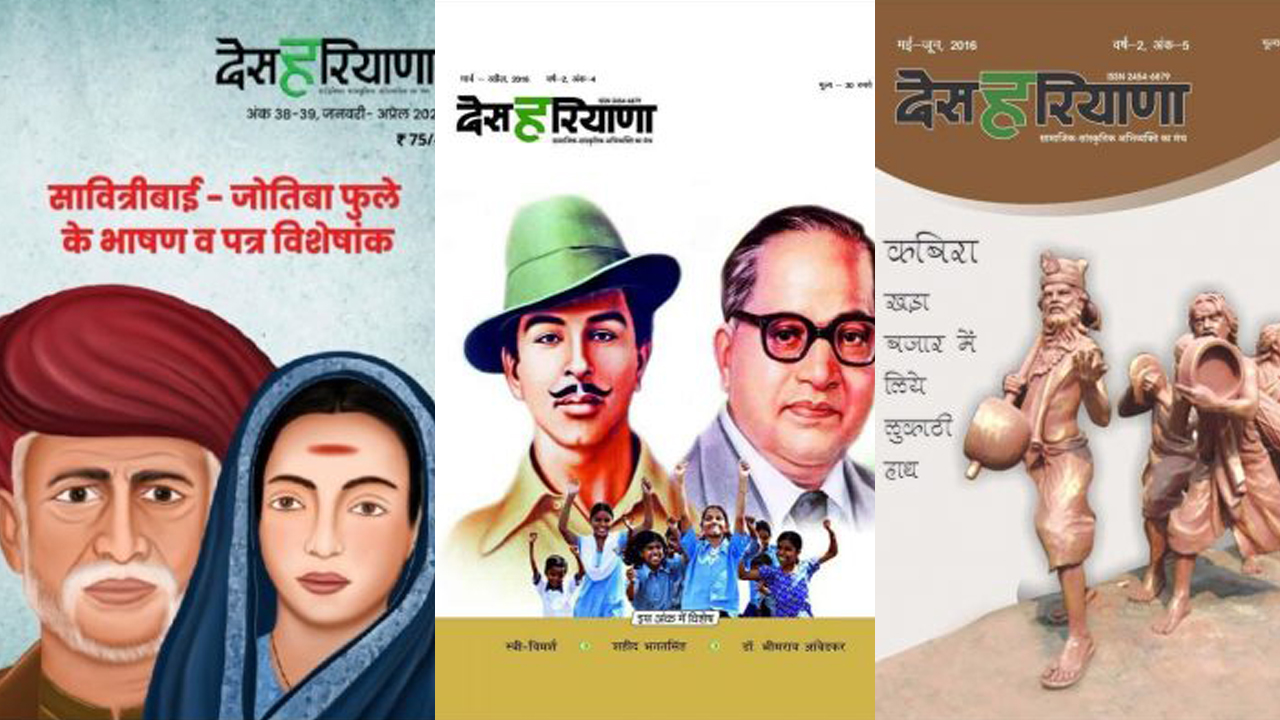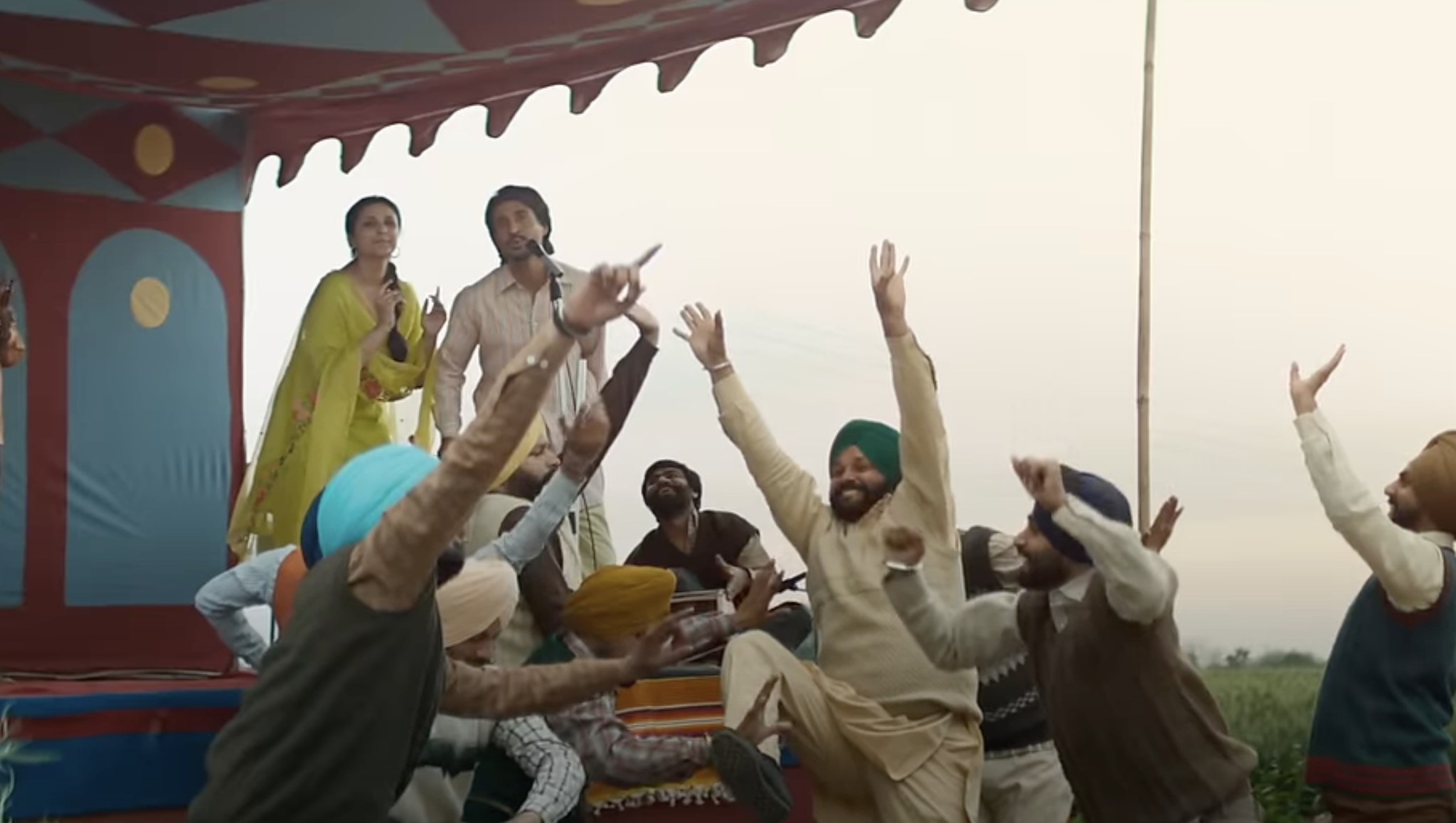The Phule couple laid the foundations of modernity and renaissance in India in the mid-19th century. The world over, the building of an enlightened society founded on reason, logic and justice, has been at the centre of renaissance. In Europe, the proponents of renaissance opposed the feudal social order based on the notions of high and low. In India, the feudal order was enforced through the Varna and caste system. Brahmanical patriarchy is a part of this order. The Phules concluded that brahmanical ideology was the patron and protector of caste, Varna and patriarchy, and its root-and-branch annihilation is a basic and mandatory prerequisite for India’s modernization.
There is no denying that in India, the Hindi belt has been the citadel of the most retrograde cultural-ideological values. The barbaric values rooted in the caste and the Varna system and patriarchy have been the cultural-ideological backbone of this part of the world. And their impact is palpable in all aspects of life. Let alone the ordinary people, even those at the forefront of intellectual, cultural and literary movements have been deeply steeped in casteist and patriarchal values, and deliberately or otherwise, have been patronizing them.
Even the left-wing ideological-cultural and literary movements could not free themselves from the stranglehold of these values. Any organization or individual who wants to free the Hindi belt from these regressive values and transform it into an enlightened, modern society will have to imbibe the thinking, values and agenda of the Phules, and of the Satyashodhak Samaj founded by them.
Many individuals and organizations are working to this end in the Hindi belt. They are trying to spread and popularize the thinking and beliefs that were the driving force of the Satyashodhak Samaj. Many of them are working in Haryana as well. It needs mention that the general public are unaware of the inner rumblings in Haryana society. Based on the superficial mainstream-media coverage, they believe that Haryana’s is a status quoist society, dominated by the Khap Panchayats. This impression suggests that there is a lack of individuals and organizations wanting to draw society out of the morass of medieval values. Ground realities, however, are contrary to this perception. Haryanvi society is in a state of ferment, and the educated and aware sections of the OBCs, the Dalits (Shudras and Ati Shudras in Phule’s words) and women are posing a decisive challenge to the patriarchy and social order based on Varna, using the ideology of the Phules, Ambedkar and Bhagat Singh as weapons. These sections are adopting and spreading the ideology of these revolutionaries. Libraries named after Phule, Ambedkar and Bhagat Singh have sprung up in the villages and towns of Haryana. Seminars and conferences are being held on big and small scales on the birth and death anniversaries of Dalitbahujan thinkers and ideologues. Pamphlets, booklets and books are being prepared and songs and plays are being written for propagating the thinking of the Phules, Ambedkar and Bhagat Singh.
Kurukshetra-based Satyashodhak Foundation is one such organization. It was established on 4 April 2020, mainly by the students and teachers of the Kurukshetra University. A large number of teachers, social and political workers, and writers from the seven to eight districts around Kurukshetra are associated with this organization. They include Subhash Chandra, Arun Kaharba, Professor T.R. Kundu, Surendrapal Singh, Jaipal, Avinash Saini, Rajkumar Jangda, Parmanand Shastri, Ashok Bhatia, Satyaveer Nahadia and Jagdish Arya.

Though the organization formally came into existence in 2020, its foundations were laid in 2015 with the launch of a journal called Des Haryana. It was not just a magazine but an institution. Under Des Haryana’s banner, birth and death anniversary commemoration of the Phules was started from 2015. The objective was to spread the ideas and objectives of the couple and of the Satyashodhak Samaj in Haryana and elsewhere in the Hindi belt. Around 38 issues of Des Haryana have been published so far. Well-known writers and thinkers from all over the country regularly contribute to it. This magazine hits out at the Varna and caste system, patriarchal values and communalism and urges its readers to form logical and reasoned opinions on national and international issues.
Subhash Chandra and his wife Vipula were the driving force behind Satyashodhak Foundation. Both were teachers by profession. Subhash Chandra is a professor of Hindi and the Head of Department of Hindi at Kurukshetra University. Vipula used to teach home science at Government Senior Girls’ School, Pratapgarh (Kurukshetra). She passed away on 8 January 2021. The couple were a team when it came to organizing socio-cultural activities on behalf of the organization.
After Vipula’s demise, a lecture series in her memory was conceived, to take forward her work and thinking. The first Vipula Memorial Lecture was held on 23 September 2021 on the topic “Children’s creativity in current scenario”. The keynote address was delivered by renowned educationist and playwright Kuldeep Singh Deep. The topic of the second lecture, organized on 23 September 2022, was “150-year-long journey of Satyashodhak Samaj”.
Talking about the objectives of the Satyashodhak Foundation, Subhash Chandra said that they want to spread the thinking of Buddha, Kabir, Raidas, Phule and Ambedkar and build institutions that would take up this work. They also want to nurture a new generation of youth in Haryana committed to building the India of Phule and Ambedkar’s dreams. He says that they have achieved some degree of success in this regard. They have managed to put together a team which, for the past seven to eight years, is promoting the work of the Phule couple through their ideology and conduct. The Des Haryana and Satyashodhak Foundation teams have established Savitri-Jotiba Library, Museum and Research Institute at Kurukshetra. A statue of the Phule couple has been installed on the campus of the institution. This statue was brought to Kurukshetra from Maharashtra about four years ago by a team of 17 people led by social worker Raghunath Dhok, and gifted to the institution.
Satyashodhak Samaj’s plans for the future include translation and publication of the entire corpus of the works of the couple in lucid, simple language. Much work has already been done in that direction. Subhash Chandra is hopeful about bringing out the complete works of Savitribai on her birth anniversary (3 January) next year. They also plan to collect all available books on Jotirao Phule and Savitribai Phule in Hindi, English and Marathi for a library. Work on the project has begun. They also intend to bring out the key writings on the Phules in Hindi. The institute will encourage, with awards and recognition, individuals and organizations for furthering the work of Satyashodhak Samaj and Phule couple in the Hindi belt. It also plans to institute fellowships for scholars and researchers doing original work in Hindi on the Phule couple and Satyashodhak Samaj.
The Satyashodhak Foundation is also piecing together an institution in Kurukshetra, part of which is a building under construction with an auditorium for holding events, a library, a research institute and accommodation for visitors. The foundation wants to make the building a key centre for spreading the ideas and ideology of the Phules and Satyashodhak Samaj.
It is true that today, on the face of it, the ideology of Brahmanism and of male chauvinism and the institutions representing them seem to be dominating the scene. But at the same time, there is an undercurrent of the ideology of Phule, Ambedkar and Bhagat Singh, which is fast gaining ground. This is heartening.
(Translation from the original Hindi by Amrish Herdenia)
Forward Press also publishes books on Bahujan issues. Forward Press Books sheds light on the widespread problems as well as the finer aspects of Bahujan (Dalit, OBC, Adivasi, Nomadic, Pasmanda) society, culture, literature and politics. Contact us for a list of FP Books’ titles and to order. Mobile: +917827427311, Email: info@forwardmagazine.in)





